Antoni Gaudí, in the heart of Catalonia, Spain, the architectural landscape bears the indelible mark of one of its most visionary sons. Born on June 25, 1852, in Reus, a small town in Catalonia, Gaudí would go on to become a maestro of modernist architecture, leaving an unparalleled legacy that continues to captivate and inspire.
Gaudí’s journey into the realm of art and architecture commenced at an early age. His deep-rooted fascination with nature and the intricate patterns found within it set the stage for a career that would defy convention and redefine the very essence of architectural expression. After graduating from the School of Architecture in Barcelona in 1878, Gaudí embarked on a professional journey that would see him evolve into an architectural virtuoso.
The early works of Gaudí reflect the influence of Gothic architecture, but it wasn’t long before he began to carve out his distinctive style, characterized by a fusion of organic forms, vibrant colors, and innovative structural solutions. One of his initial breakthroughs came with the design of the Casa Vicens, a residential building in Barcelona, where Gaudí showcased his penchant for blending Moorish and Oriental elements, foreshadowing the avant-garde direction his career would take.
However, it was the commission for the Sagrada Familia that would truly define Gaudí’s career. Initially designed by Francisco de Paula del Villar, Gaudí took over the project in 1883 and transformed it into a masterpiece that transcends the boundaries of time and architectural tradition. The Sagrada Familia is not merely a church; it is a symphony of stone, an ode to the divine, and a testament to Gaudí’s unwavering commitment to pushing the boundaries of conventional design.
Gaudí’s genius lay not only in his aesthetic innovations but also in his meticulous attention to structural engineering. His deep understanding of geometry, combined with a fervent commitment to his Catholic faith, led him to integrate symbolism and religious narratives seamlessly into his designs. Every column, arch, and facade of the Sagrada Familia tells a story, inviting visitors to embark on a spiritual journey through the medium of architecture.
The Park Güell stands as another testament to Gaudí’s creative brilliance. Initially conceived as a residential project, it eventually evolved into a public park adorned with vibrant mosaics, serpentine benches, and whimsical sculptures. Gaudí’s incorporation of natural elements, such as the undulating forms of the benches and the use of organic shapes in the structures, reflects his belief in architecture as a harmonious extension of nature.
Gaudí’s design philosophy was deeply rooted in his observation of the natural world. The organic forms he employed in his creations were inspired by the curves and shapes found in nature, ranging from the spiral intricacies of seashells to the structural efficiency of tree branches. His commitment to “nature as the model” was not a mere aesthetic choice but a reflection of his profound respect for the inherent beauty and balance existing in the natural world.
Casa Batlló and Casa Milà, two residential buildings on Barcelona’s Passeig de Gràcia, further showcase Gaudí’s avant-garde approach. Casa Batlló, often referred to as the “House of Bones,” is a kaleidoscope of colors and shapes. The undulating facade, the skeletal columns, and the vibrant tiles create a visual feast that transcends the conventional boundaries of residential architecture. Casa Milà, also known as La Pedrera, is a sculptural masterpiece with a sinuous stone facade that seems to defy gravity, exemplifying Gaudí’s commitment to pushing the limits of what was considered possible.
Gaudí’s work was not without its challenges. His unconventional methods and unorthodox designs were met with skepticism and resistance from some quarters. Yet, Gaudí remained steadfast in his convictions, often stating, “My client is not in a hurry.” This patience and dedication were emblematic of his holistic approach to architecture, where time was not a constraint but an ally in the realization of his artistic vision.
Tragically, Gaudí’s life took a somber turn in 1926 when he was struck by a tram on his way to a church. The accident left him severely injured, and he succumbed to his injuries a few days later. Gaudí’s sudden departure marked the end of an era, leaving many of his projects unfinished. The Sagrada Familia, in particular, remained a work in progress, a testament to the enduring nature of Gaudí’s vision.
In the years following his death, Gaudí’s legacy has only grown in stature. The Sagrada Familia continues to be a beacon of architectural ingenuity, with ongoing efforts to complete the masterpiece in accordance with Gaudí’s original vision. His other works, including Casa Batlló, Casa Milà, and the Park Güell, draw millions of visitors annually, each seeking to witness firsthand the genius of a man who defied architectural norms and redefined the very essence of the craft.
Gaudí’s influence extends beyond the realm of architecture. His innovative spirit has inspired artists, architects, and designers across generations. The surrealistic elements in his work have left an indelible mark on the world of art, influencing movements such as Art Nouveau and Modernisme. His ability to seamlessly integrate form and function, aesthetics and purpose, has set a standard that continues to be a source of inspiration for contemporary architects.
As we reflect on the life and work of Antonio Gaudí, we are reminded that his genius lay not only in the tangible structures he left behind but in the intangible spirit of innovation and creativity that permeates every curve and contour of his creations. Gaudí’s legacy is a testament to the power of imagination, the beauty of embracing the unconventional, and the enduring impact of a visionary who dared to dream beyond the constraints of his time.


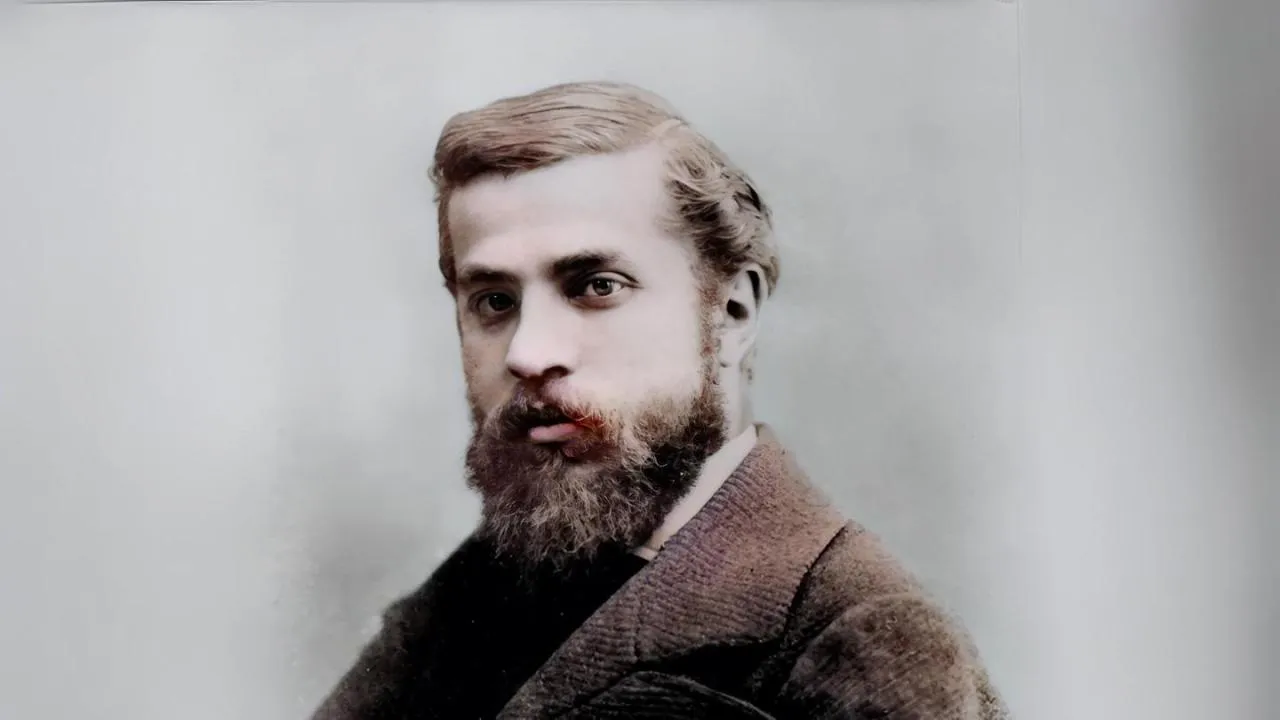
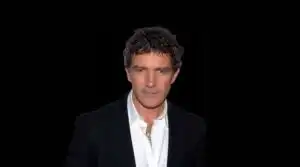
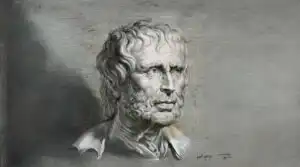

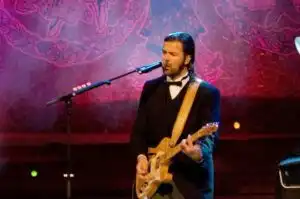
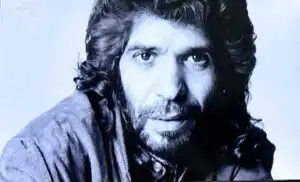
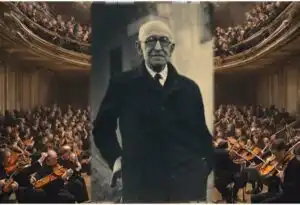

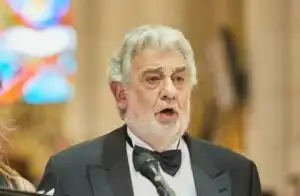

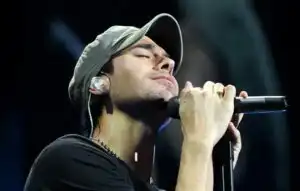
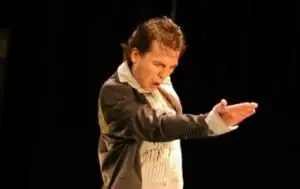
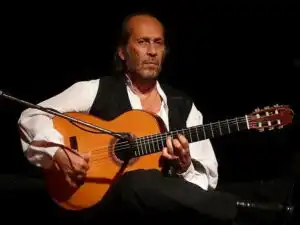
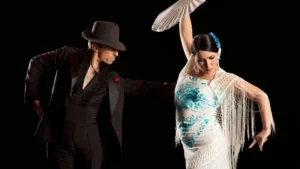


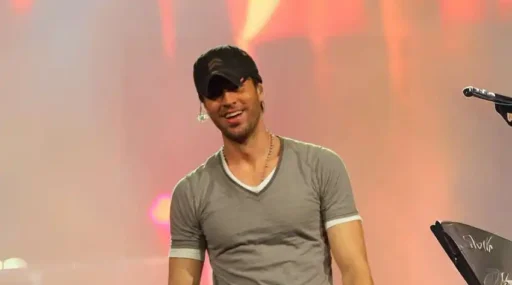
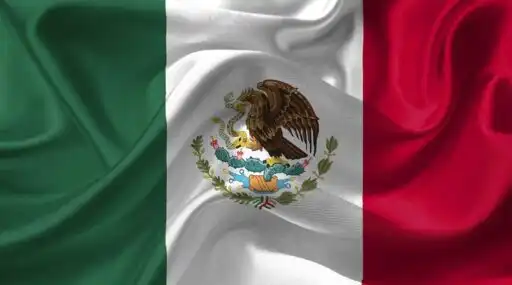
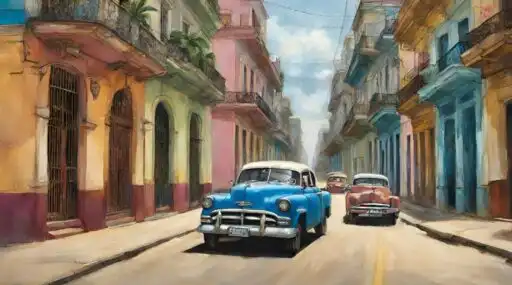
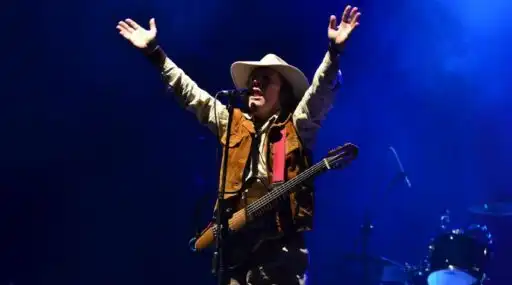

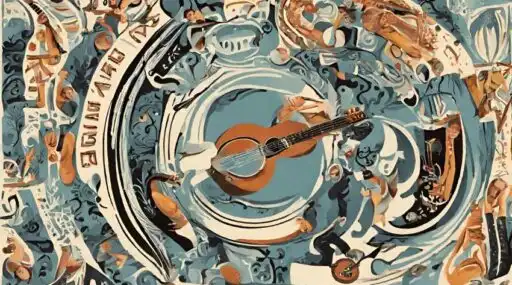



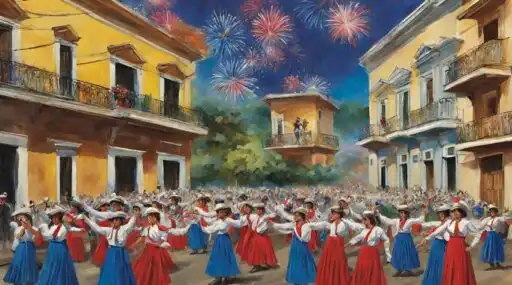
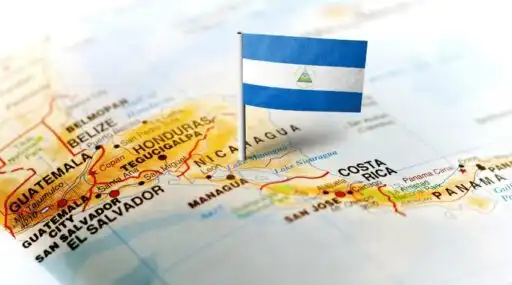
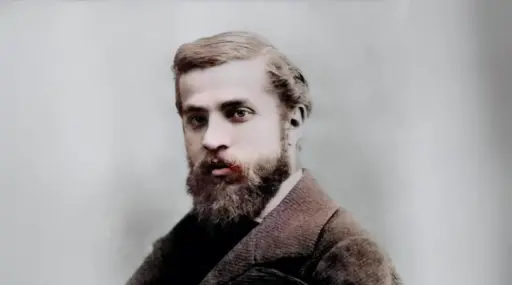
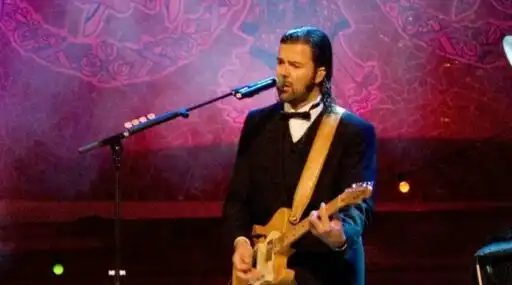

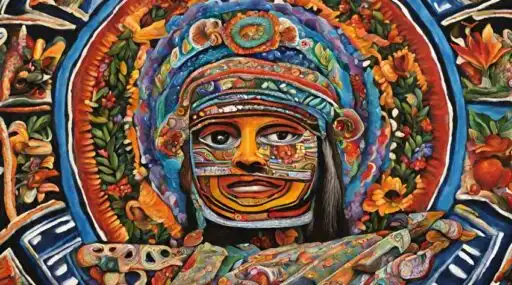



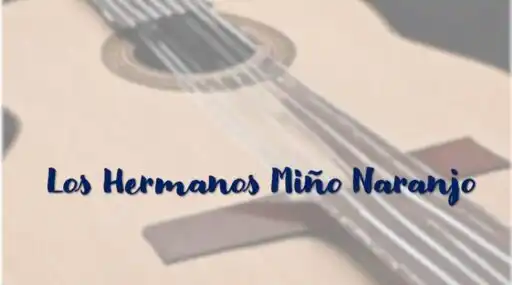
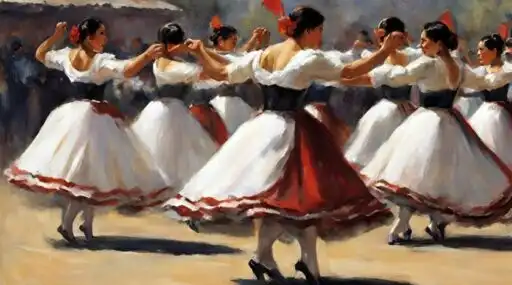


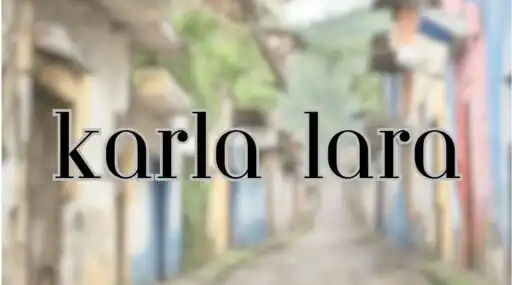



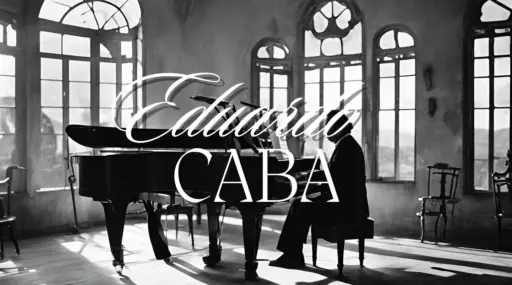
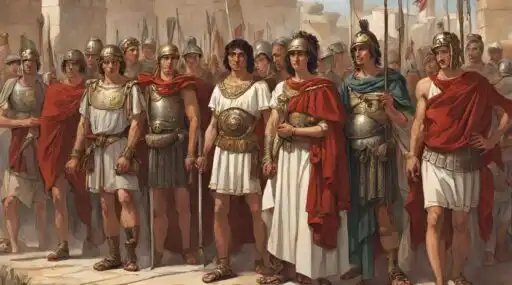
Leave a Reply